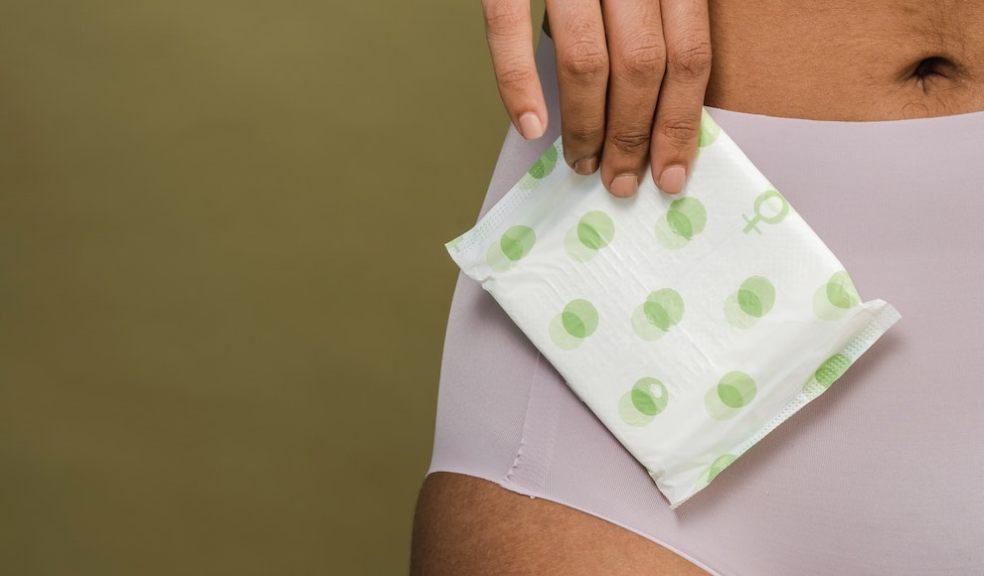
Four essential tips to deal with a discharge after a period
Billions of women deal with periods every day. The experience of a period can differ from person to person. For some, it is a painful process that can cripple them. For others, it can be just another week with different precautions. It can be concerning whether you face brown Discharge 2 weeks after a period or during a random time of the month. However, the brown discharge can make more sense if you align it with the timing of your periods.
However, some concerning symptoms can concern women worldwide. These may include discharge, burning, or itching sensations are some of the most common symptoms. Over time, such symptoms can lead to a visit to the hospital.
Although all symptoms hold their gravity, every woman can agree that brown vaginal discharge can be one of the most concerning and irritating presences. It may come without prior notice to ruin your favorite panties and mood.
If you are also dealing with brown discharge, here are a few essential tips to help you deal with it.
-
Start or End of a Period
It is not uncommon for blood to flow before and after your period. The blood flow is slow in these phases, so it takes longer to leave the uterus. As a result, the originally red blood turns into hues of brown.
It is not typically a cause for concern. However, look for other symptoms if you see the same spots days after your period. These may include itching, smell, or burning sensation while peeing. In any case, your healthcare provider may have the best answers for you.
-
Hormonal Contraceptives
Every woman has distinct life goals. Some want to enjoy the blessings of motherhood right away. Others may need some time to reconsider if they are ready. That is just one of the many reasons for women using hormonal contraceptives.
When one uses hormonal contraceptives, they are met with high progestin levels. This chemical can lead to an unbalanced cycle, brown spotting, and unexpected discharge. Over time, such changes can disrupt the balance of your life.
When the progestin levels are high, it can lead to a lack of estrogen levels causing the uterus lining to shed little by little. However, it should go away with time.
If your problem persists over three months, it’s better to visit your healthcare provider and discuss alternative options for contraception.
-
Sexually Transmitted Infections
Brown discharge between your cycles can be alarming, especially if it’s accompanied by painful symptoms such as lower abdomen pain, burning sensation, or soreness. These may be a sign of a sexually transmitted infection.
Of course, every sexually active person must get tested for STIs and STDs often. However, one should not overlook the signs such as painful brown discharge. If you feel that it results from a recent sexual encounter, visiting your healthcare provider is better.
Your healthcare provider can get some tests done to determine your condition. If you are dealing with an STI such as chlamydia, they can set you on a course of antibiotics. It may take a few weeks for the symptoms to be relieved.
-
Noncancerous Growths
If you feel pain during intercourse and see brown discharge now and then, it may show some growth in your uterus. These growths are also known as uterine fibroids. They are not harmful, but they can cause some problems over time.
These may block your urinary tract. Therefore, it can also lead to fertility problems. Your healthcare provider can tell you the most suitable way to deal with these growths. They may recommend surgery or hormonal therapy.

















